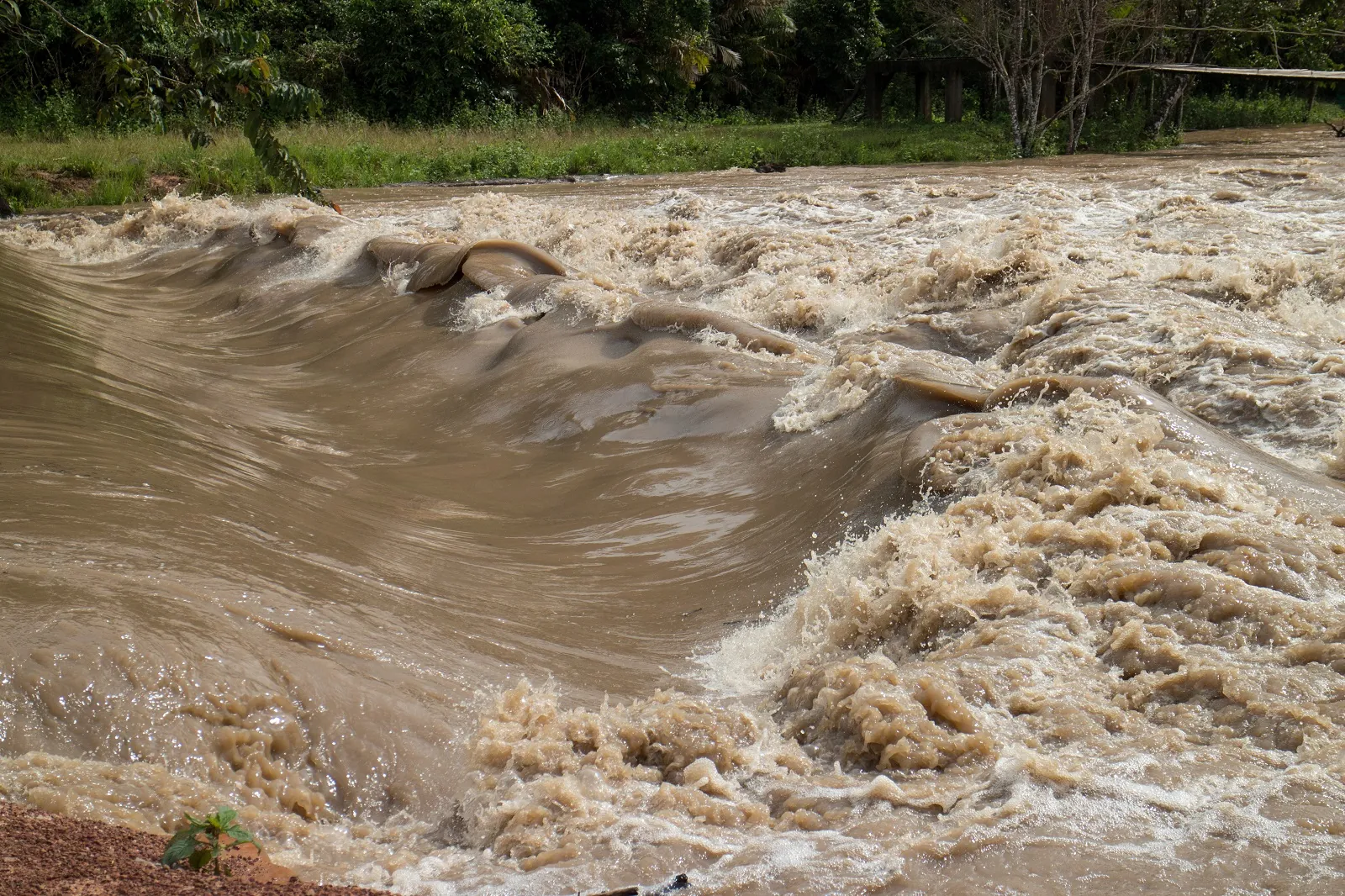In a stark reminder of the ongoing climate crisis, the Darel Valley in Gilgit Baltistan recently experienced devastating flash floods that completely destroyed over 15 homes on Friday morning. This calamity is part of a broader trend in Pakistan, which is on track to surpass 10,000 recorded house damages this year alone, a figure that underscores the escalating impact of climate change on the nation.
National Disaster Management Authority (MDMA) has issued warnings for flash floods across 21 districts in Punjab, including the capital territory of Islamabad. Additionally, alerts have been raised for around 15 regions in Sindh province.This monsoon season has already proven to be one of the most disastrous in recent memory, with approximately 850 lives lost, 1,100 individuals injured, and more than 9,000 homes destroyed.
Read More: Army Sets Up Flood Relief Donation Account
The economic toll of climate change on Pakistan is staggering. According to the Asian Development Bank, the country suffers an annual loss of approximately $2 billion due to climate-related events while the losses of ongoing season haven’t been assessed yet. The frequency of these disasters is also alarming. From 1995 to 2005, Pakistan averaged 48 significant climate events each year; this number surged to 66 between 2015 and 2024, as reported by the Policy Research and Advisory Council but alone this year’s events have already completed their century.
The human cost is equally severe, with the number of people affected by climate change skyrocketing from 16 million in previous years to an estimated 43 million last year, with numbers likely to rise as the current monsoon season progresses.
The challenges are manifold: Extreme temperatures are becoming the norm, exemplified by the district of Diamer, where temperatures recently hit a record-breaking 48°C where a cloudburst claimed 15 lives in seasonal babusar road leaving many missing still.
Climate projections indicate a worrying rise in temperatures between 3°C to 6°C, with sea levels expected to increase by 60 cm, threatening coastal regions and freshwater access. Farmlands are not spared either; approximately 485,000 hectares of agricultural land have been submerged, jeopardizing food security. Additionally, rainfall has decreased by 10-15%, while critical wetlands and mangroves continue to disappear, as reported by the World Bank.
Experts point to systemic flaws in legislation and governance as contributing factors. poor forest protection, weak forecasting and early warning systems, and illegal constructions along riverbanks exacerbate the situation. As Pakistan grapples with these unprecedented challenges, the urgency for comprehensive climate action and resilient infrastructure has never been more critical. The time for awareness, preparedness, and proactive measures is now, if we are to protect both our communities and our future.









